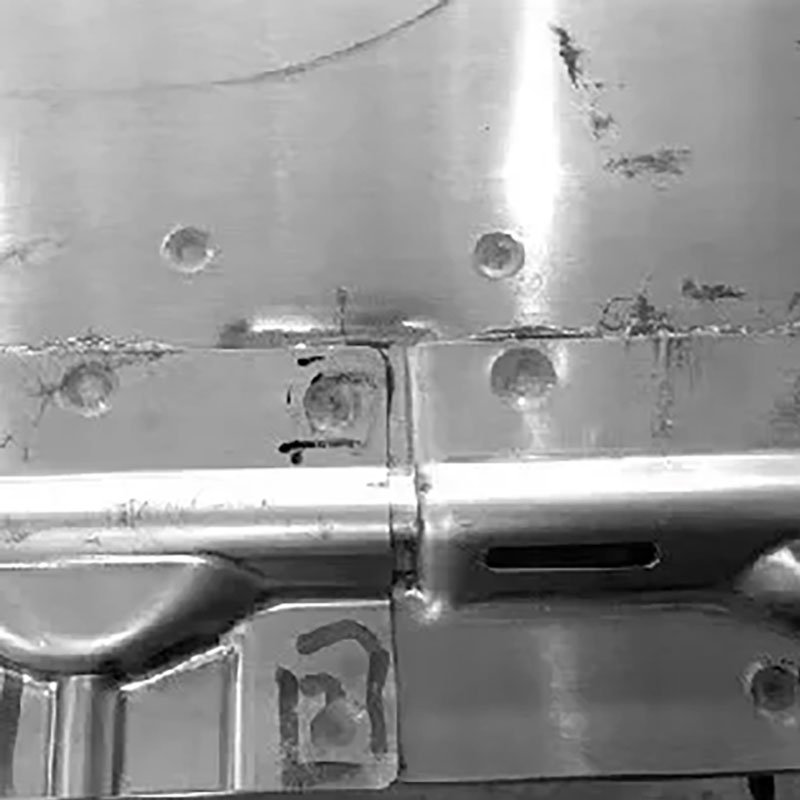In the vast landscape of industrial manufacturing, joining technologies serve as invisible bridges, seamlessly connecting materials and components to build the robust framework of modern industry. Among these, spot welding shines as a brilliant star, playing an indispensable role across diverse fields with its unique charm and exceptional performance. Today, let’s step into the fascinating world of spot welding and explore its remarkable applications.
How Spot Welding Works
Spot welding joins metal sheets by applying localized heat and pressure, melting contact points to form weld nuggets. During operation:- Current flows through electrodes, heating the workpiece contact area to form a molten pool.
- Electrode pressure prevents metal splatter and porosity.
- After current cutoff, sustained pressure allows the nugget to cool and solidify into a high-strength weld, ensuring reliable bonding.

Core Role in Automotive Manufacturing
Spot welding is vital throughout automotive production – from body frames to interior assembly: Body-in-White Construction: Thousands of spot welds join metal panels, ensuring structural strength and rigidity. Its speed and consistency guarantee safety-critical welds for doors, side panels, etc., withstanding driving stresses while maintaining sealing integrity.
New Energy Vehicle Batteries: Spot welding enables precise, reliable connections for battery module terminals and busbars, ensuring efficient current flow while preventing overheating/short circuits caused by poor welding. Its role expands with the EV revolution.
Spot Welding in Electronics
As electronics shrink and performance demands rise, spot welding’s precision and low heat input make it ideal:- Consumer Electronics: Smartphones, tablets, and wearables use spot welding to attach batteries, chips, camera modules, and antennas – ensuring robust joints without damaging heat-sensitive components. This boosts yield rates and product lifespan.
- Micro-Joining Capability: Enables reliable bonding of sub-millimeter metal parts in compact devices

Aerospace Applications
Aerospace demands extreme strength-to-weight ratios and reliability. Spot welding excels with lightweight alloys:
- Aluminum/Titanium Structures: Creates high-strength joints while minimizing the heat-affected zone (HAZ), preserving material integrity for wings, fuselages, and critical components.
- Multi-Material Joining: Bonds dissimilar metals efficiently, reducing costs without compromising safety.
Other Industrial Applications
Spot welding also powers:- Appliances: Seamlessly joins casings and internal frames for aesthetics and durability.
- Hardware: Enables rapid metal joining for mass production.
- Construction: Reinforces rebar grids and metal studs for structural stability.





